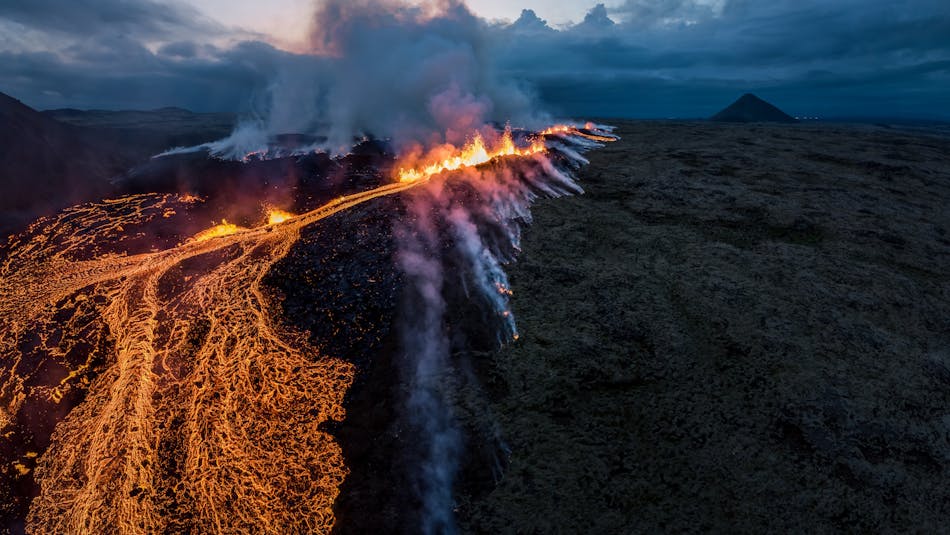
The Fagradalsfjall area saw eruptions in 2021, 2022, and 2023. Further west, near Grindavík, seven volcanic eruptions have occurred since December 2023, with the most recent starting on November 20, 2024. These are small eruptions with little to no ash and lasting from 6 months to three weeks.